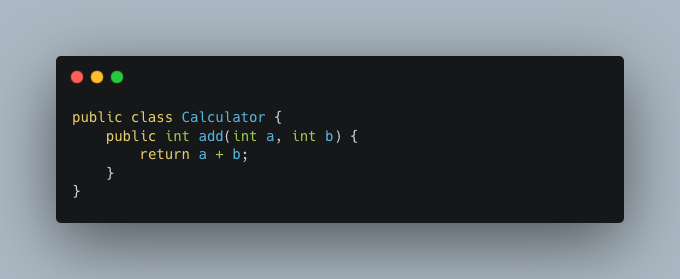In the intricate tapestry of Java unit testing, assertion techniques emerge as the crucial threads that hold the entire fabric together. They are fundamental in ensuring that the developed code not only runs but behaves as intended, a critical aspect of software quality assurance. In this exploration, we discuss the various types of assertions provided by JUnit, such as assertEquals(), assertTrue(), and assertFalse(), and their indispensable role in validating the expected outcomes of tests. This discussion aims to demystify the art of employing assertions effectively, thereby enhancing the precision and reliability of Java unit tests.
Using assertions in Java unit testing is akin to a detective meticulously examining evidence to confirm a hypothesis in a case. Just as a detective uses different methods to test the validity of their assumptions – comparing fingerprints (assertEquals()), verifying alibis (assertTrue()), or disproving false leads (assertFalse()) – a developer uses assertions to methodically verify that the code behaves as expected. The detective's thorough investigation ensures that no stone is unturned and that the conclusion reached is based on solid evidence. Similarly, well-crafted assertions in unit testing ensure that the code not only works but adheres strictly to the predefined requirements, thus guaranteeing its functionality and reliability.
Assertion techniques: verifying expected outcomes
In Java unit testing, assertions play a vital role in verifying the expected outcomes of your tests. They allow you to check whether the actual behavior of your code matches your expectations. There are several built-in assertion methods in JUnit that you can use, including assertEquals(), assertTrue(), and assertFalse().The assertEquals() method is used to compare two values and verify that they are equal. It takes two arguments: the expected value and the actual value. If the values are not equal, the test will fail.
The assertTrue() method is used to verify that a condition is true. It takes a single argument, which is the condition you want to check. If the condition is not true, the test will fail.
The assertFalse() method is used to verify that a condition is false. It takes a single argument, which is the condition you want to check. If the condition is not false, the test will fail.
In addition to these basic assertion methods, JUnit also provides a number of other assertion methods that you can use for more complex scenarios. For example, you can use the assertThat() method to compare objects using a custom matcher. You can also use assertion libraries such as AssertJ and Hamcrest for even more expressive assertions.
When writing assertions, it's important to be clear and concise. The goal is to make it easy for other developers to understand what you're testing and why. You should also avoid using hard-coded values in your assertions. Instead, use variables or constants so that your tests are more maintainable.
Example
Let's create a basic Calculator class with an add method, and then write a unit test using JUnit to test this method.

This class will contain our unit tests for the Calculator class.

In this example, the CalculatorTest class uses the assertEquals method from JUnit to assert that the add method of the Calculator class works as expected. Each test case is a scenario, and the assertion checks if the actual output matches the expected output.
Assertion techniques in Java unit testing are indispensable tools that serve as the litmus test for code functionality and correctness. They provide a structured and systematic approach to verifying that the software behaves as expected, mirroring the methodical process of a detective validating their case. By skillfully employing various assertion methods and avoiding pitfalls like hard-coded values, developers can significantly enhance the maintainability and clarity of their tests. This meticulous approach to unit testing transcends mere code verification; it is an affirmation of the software's integrity and a testament to the developer's commitment to excellence in software engineering.





